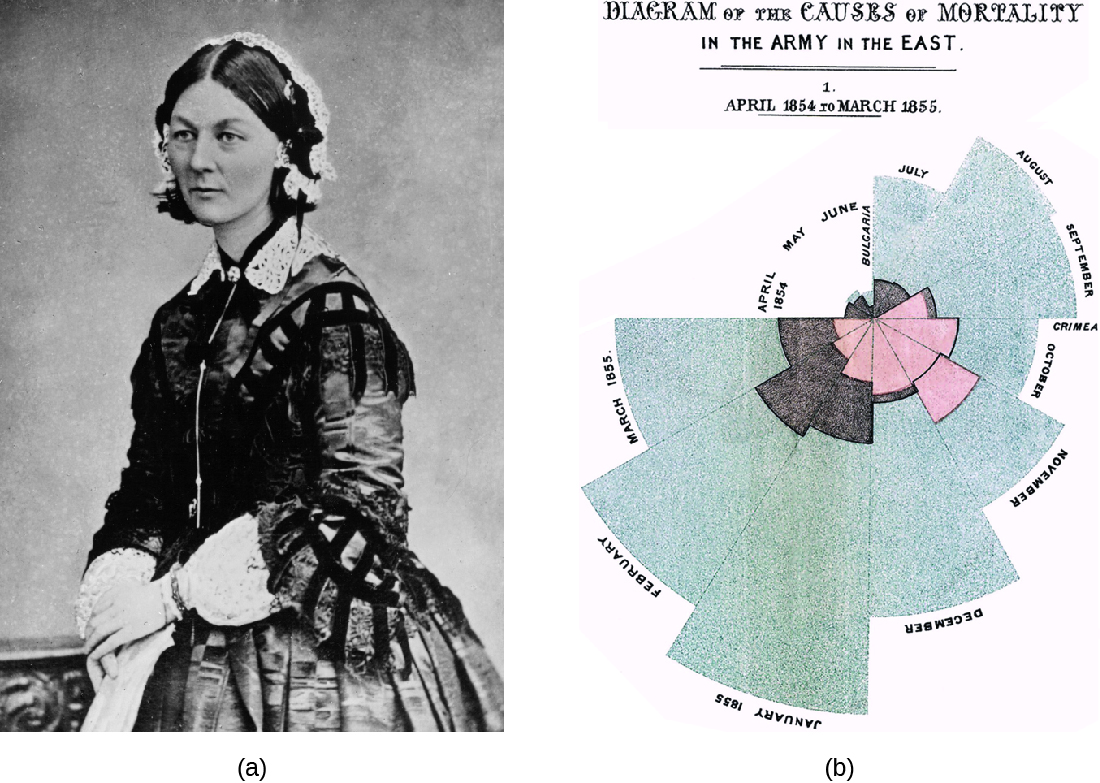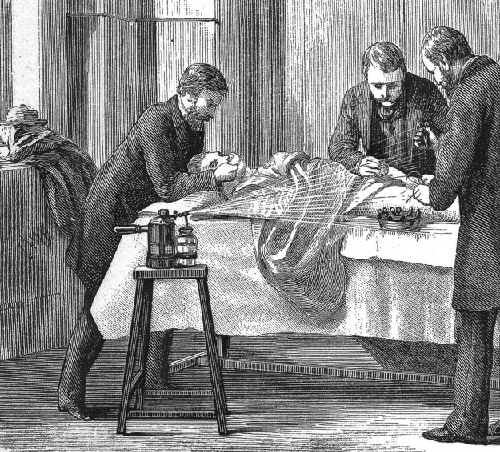| << Chapter < Page | Chapter >> Page > |
Joseph Lister provided early epidemiological evidence leading to good public health practices in clinics and hospitals. These settings were notorious in the mid-1800s for fatal infections of surgical wounds at a time when the germ theory of disease was not yet widely accepted (see Foundations of Modern Cell Theory ). Most physicians did not wash their hands between patient visits or clean and sterilize their surgical tools. Lister, however, discovered the disinfecting properties of carbolic acid , also known as phenol (see Using Chemicals to Control Microorganisms ). He introduced several disinfection protocols that dramatically lowered post-surgical infection rates. O.M. Lidwell. “Joseph Lister and Infection from the Air.” Epidemiology and Infection 99 (1987): 569–578. http://www.ncbi.nlm.nih.gov/pmc/articles/PMC2249236/pdf/epidinfect00006-0004.pdf. He demanded that surgeons who worked for him use a 5% carbolic acid solution to clean their surgical tools between patients, and even went so far as to spray the solution onto bandages and over the surgical site during operations ( [link] ). He also took precautions not to introduce sources of infection from his skin or clothing by removing his coat, rolling up his sleeves, and washing his hands in a dilute solution of carbolic acid before and during the surgery.



Visit the website for The Ghost Map, a book about Snow’s work related to the Broad Street pump cholera outbreak.
John Snow’s own account of his work has additional links and information.
This CDC resource further breaks down the pattern expected from a point-source outbreak.
Learn more about Nightingale’s wedge chart here.
Today, epidemiologists make use of study designs, the manner in which data are gathered to test a hypothesis, similar to those of researchers studying other phenomena that occur in populations. These approaches can be divided into observational studies (in which subjects are not manipulated) and experimental studies (in which subjects are manipulated). Collectively, these studies give modern-day epidemiologists multiple tools for exploring the connections between infectious diseases and the populations of susceptible individuals they might infect.

Notification Switch
Would you like to follow the 'Microbiology' conversation and receive update notifications?